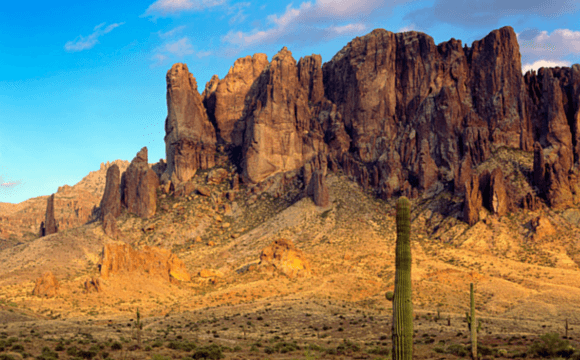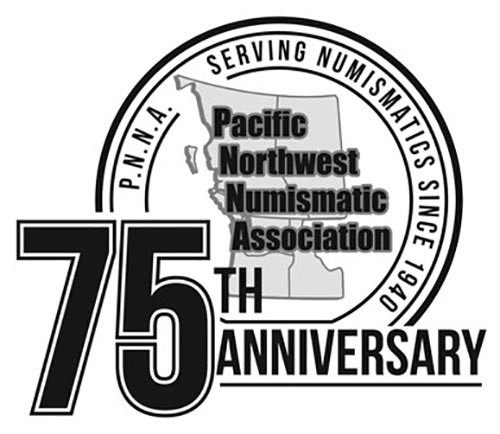
For centuries, legends have inspired men to search for gold in the Southwest region of the United States. Shovels in hand, treasure hunters have chased legends of a place called the Lost Dutchman’s Gold Mine. Possible locations range from Mexico to just outside of Phoenix, Arizona. According to most legends, the Lost Dutchman’s Gold Mine is somewhere in the supposedly cursed Superstition Mountains, but the gold that it might contain has never been found. This remarkable story starts with a man named Jacob Waltz, the lost Dutchman himself.
There are a few things known for sure about Waltz. The lost Dutchman did in fact exist, but he was actually German. Waltz became a naturalized U.S. citizen in California in the 1860s. Another known fact about Waltz was that he resided on a farm he owned in the Arizona Territory during the time the Lost Dutchman’s Gold Mine story took place. But what exactly did take place is still hotly debated.
The versions of the legend have as many plotlines as the mine has possible locations, but a basic story has emerged over the years. In the 1870s, Jacob Waltz began showing up in Phoenix, Arizona, with small fortunes in gold. He claimed the gold was from a location in the Superstition Mountains, but would never tell anyone the exact spot where he’d found it. The source of the gold itself is still debated today. Some say it’s from a yet-to-be-discovered mine, some say it’s an existing mine, and some say it’s not from a mine, but a treasure hoard.
One theory adopted by prospectors early on was that the gold the Lost Dutchman had stumbled upon was from a hoard cached by Mexican gold miners, known as the Peralta family, who had been massacred by Apaches. This story only fueled the belief among early gold prospectors that the gold wasn’t straight from the earth. Early 20th-century author Barry Storm claimed the gold was too rich to not have been processed in some way. It is now known that the Mexican gold miner rumor is most likely untrue, because there’s absolutely no evidence of the Peralta family existing. As for the makeup of the gold itself, without seeing it, we’ll never know.
Waltz himself died in 1891, and only told one person the location of his gold. After Waltz allegedly contracted pneumonia after his farm flooded, Julia Thomas nursed him on his deathbed. Allegedly, he confided to her the location of the gold. But either she didn’t really know, or she wasn’t telling, because though many bought the information from her (she was even reported as having sold $7 maps to the gold), no one ever had any success. If it weren’t for treasure hunter Adolph Ruth, Julia Thomas may have been the end of the story of Lost Dutchman’s Gold Mine.
In June of 1931, Ruth set out in the Arizona wilderness to locate what he thought was the Peralta family mine. Warned against taking the treacherous trek to the supposedly cursed Superstition Mountains, Ruth embarked on his journey nonetheless. Weeks later he was found dead, with two bullet wounds in his head. His death was ruled a suicide, but with a gun that needed to be reloaded between each shot, and one of the shell casings buried, it’s hard to believe a man could have managed to shoot himself twice. In Ruth’s checkbook was a map to what he described as the gold mine he’d been looking for. The treasure was never found. Nor was his killer.
Each year, gold prospectors and treasure hunters trek to the Superstition Mountains, intrigued by the idea of the gold remaining from the hoard or the allure of an undiscovered gold mine. Many have died trying to locate the Lost Dutchman’s Gold Mine, and no one has found any gold. Ancient Apache legends say the Superstition Mountains are cursed, and it seems like they might just be true.
Liberty Coin & Currency specializes in rare coins and currency. We are a family-owned business located in Portland and Vancouver. We also buy gold, silver, diamonds, and jewelry. Visit us first for a free evaluation.
Like this post? Let us know on Facebook, Twitter, Instagram, Pinterest, or Google+.







